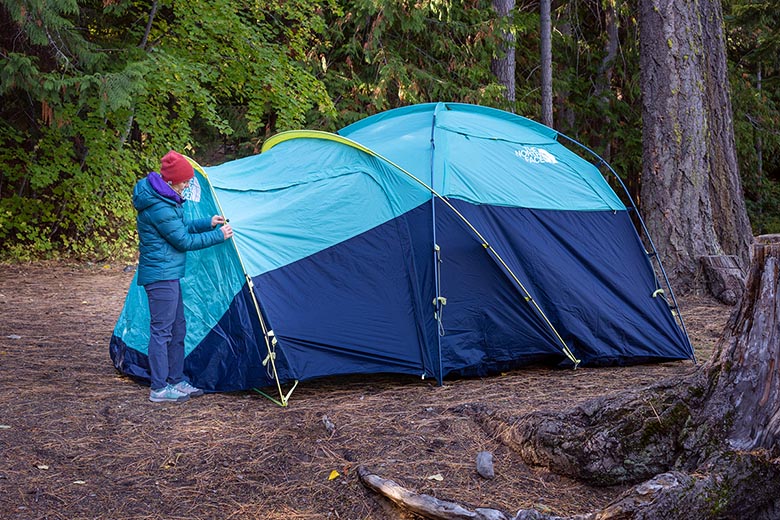Choosing the right designer camping tent is essential for a comfortable and enjoyable outdoor experience. Designer tents not only provide functional shelter but also add style to your camping adventure. Here’s a guide on how to choose the perfect designer camping tent:
-
Consider Your Camping Style:
- Determine the type of camping you’ll be doing. Are you car camping, backpacking, or going on a long hiking expedition? Your choice of tent will depend on your camping style and the weight you can carry.
-
Capacity:
- Choose a tent size that accommodates the number of people you’ll be camping with. Tents are usually categorized by the number of occupants they can comfortably sleep, such as 2-person, 4-person, or family-sized tents.
-
Seasonal Rating:
- Consider the season(s) you’ll be camping in. Tents are typically classified as three-season (spring, summer, fall) or four-season (winter) tents. Choose a tent that suits the weather conditions you’ll encounter.
-
Design and Aesthetics:
- Designer tents come in various styles and colors. Think about your personal preferences and the visual appeal you want in a tent. Some designer tents feature unique patterns, colors, and materials that can make your camping experience more stylish. At the same time you can use thin monoline brushes for procreate to create and upload your own tent and other designs.
-
Material and Durability:
- Look for tents made from high-quality, durable materials. Common tent fabrics include nylon and polyester. Ensure that the rainfly and floor material are waterproof to keep you dry in wet conditions.
-
Weight:
- If you’re backpacking or hiking to your campsite, the weight of the tent is crucial. Designer tents often prioritize style over weight, so find a balance between aesthetics and portability that suits your needs. You also need an outdoor smoker that runs or charcoal or propane gas tanks for grilling. What fun is camping outside with no grilling?
-
Ease of Setup:
- Consider how easy it is to set up the tent. Freestanding tents are typically easier to assemble, which can be beneficial if you’re new to camping. Look for color-coded or simple pole designs for quick setup.
-
Ventilation:
- Adequate ventilation is essential to prevent condensation inside the tent. Look for tents with mesh windows, roof vents, and adjustable airflow options.
-
Interior Space and Features:
- Check the tent’s interior features, such as pockets, gear lofts, and room dividers. These can enhance organization and convenience during your camping trip.
-
Height and Room Layout:
- Consider the tent’s peak height and room layout. Taller tents provide more headroom, making it easier to move around. Some tents offer multiple rooms or vestibules for added privacy and storage.
-
Weather Resistance:
- Ensure the tent is designed to withstand the weather conditions you might encounter. Look for features like a sturdy rainfly, bathtub floor, and strong zippers to keep you dry and secure.
-
Brand and Reviews:
- Research reputable tent brands known for their quality and durability. Read customer reviews and seek recommendations from fellow campers to gain insights into a tent’s performance in real camping scenarios.
-
Price and Budget:
- Designer tents often come with a higher price tag. Set a budget and explore options within that range. Keep in mind that investing in a quality tent is an investment in your camping comfort and safety.
-
Warranty:
- Check the manufacturer’s warranty for the tent. A good warranty can provide peace of mind in case of any defects or issues with your tent.
-
Test Pitch the Tent:
- If possible, visit a retail store where you can see and even set up the tent in person. This allows you to assess its size, features, and ease of assembly.
By considering these factors, you can select a designer camping tent that not only suits your practical camping needs but also adds a touch of style to your outdoor adventures. Happy camping!

